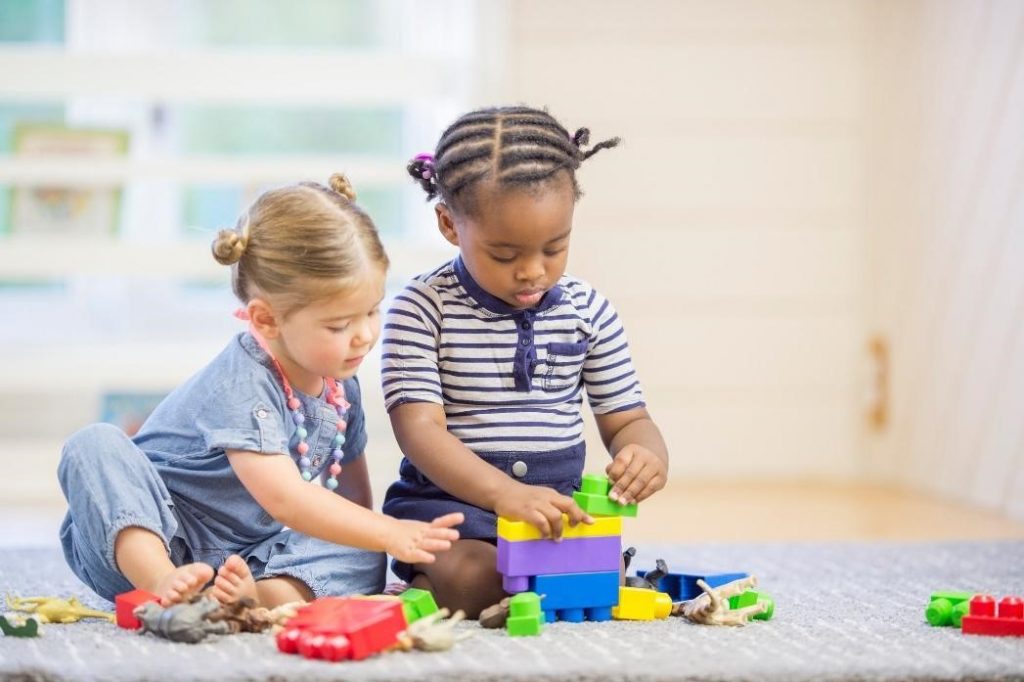Teach toddlers that people may look different but still have the same feelings and needs
Toddlers are active observers and explorers; they’re constantly making new connections, noticing differences, and trying to better define the world around them. Learn how to respond to diversity-related questions and teach young children about inclusion.
Everybody’s different
Children are curious, and that’s a positive trait to have and worthy of encouragement. Being curious helps them learn and grow. Remember that when you respond to their questions or statements. It’s OK for them to notice that others are different; in fact, it’s good. It’s our job to help them understand and process their reactions to diversity appropriately.
According to information from PennState Extension’s Better Kid Care program, children begin to notice racial or gender differences around 2 years old and disabilities around 3 years old. If you have children in your care around that age range, consider the following when discussing diversity.
Be proactive
Children learn well through stories, so incorporate age-appropriate books that feature characters who look different from what the children in your care may be used to. Focus on different cultures, characters with disabilities, or stories that highlight a character who is excluded for being different. Allow young children to recognize that people come in a wide variety of shapes, colors, and abilities but that they all have feelings and that we are alike despite our differences.
Use positive language
Words have power, particularly among young children who have yet to learn the subtle differences of language. Choose your words carefully and with intention. For instance, if you’re talking about someone in a wheelchair, explain that the chair helps them move around instead of using language like “they can’t walk.” Keep explanations positive.
Point out similarities
It’s important to point out that people who look different or have different abilities are still basically the same. When reading a book or watching a show featuring diversity, try to focus on similarities, too. Discuss how the character or person likes to play, loves his pets, feels sad, etc.
Encourage empathy
Young children only have their own experience to draw from and need help remembering to consider the feelings of others. Invite them to see something through a new perspective by asking questions. “How would that make you feel?” or “If you were that child, would you like someone to invite you to play?”
Also, teach young children about being polite and considering the feelings of others by encouraging them to use nice language. Don’t discourage questions, just guide young children in how to ask nicely.
Answer questions, celebrate differences and create conversations around our universal similarities. Teaching children how to be sensitive, compassionate, and respectful of differences is one of the greatest gifts you can offer not only to them and their future but also to the world they live in.
The Virginia Infant & Toddler Specialist Network helps improve the quality of care for infants and toddlers through extensive resources, services, and education for caregivers. Learn more about how we can help you improve the standard of care.




